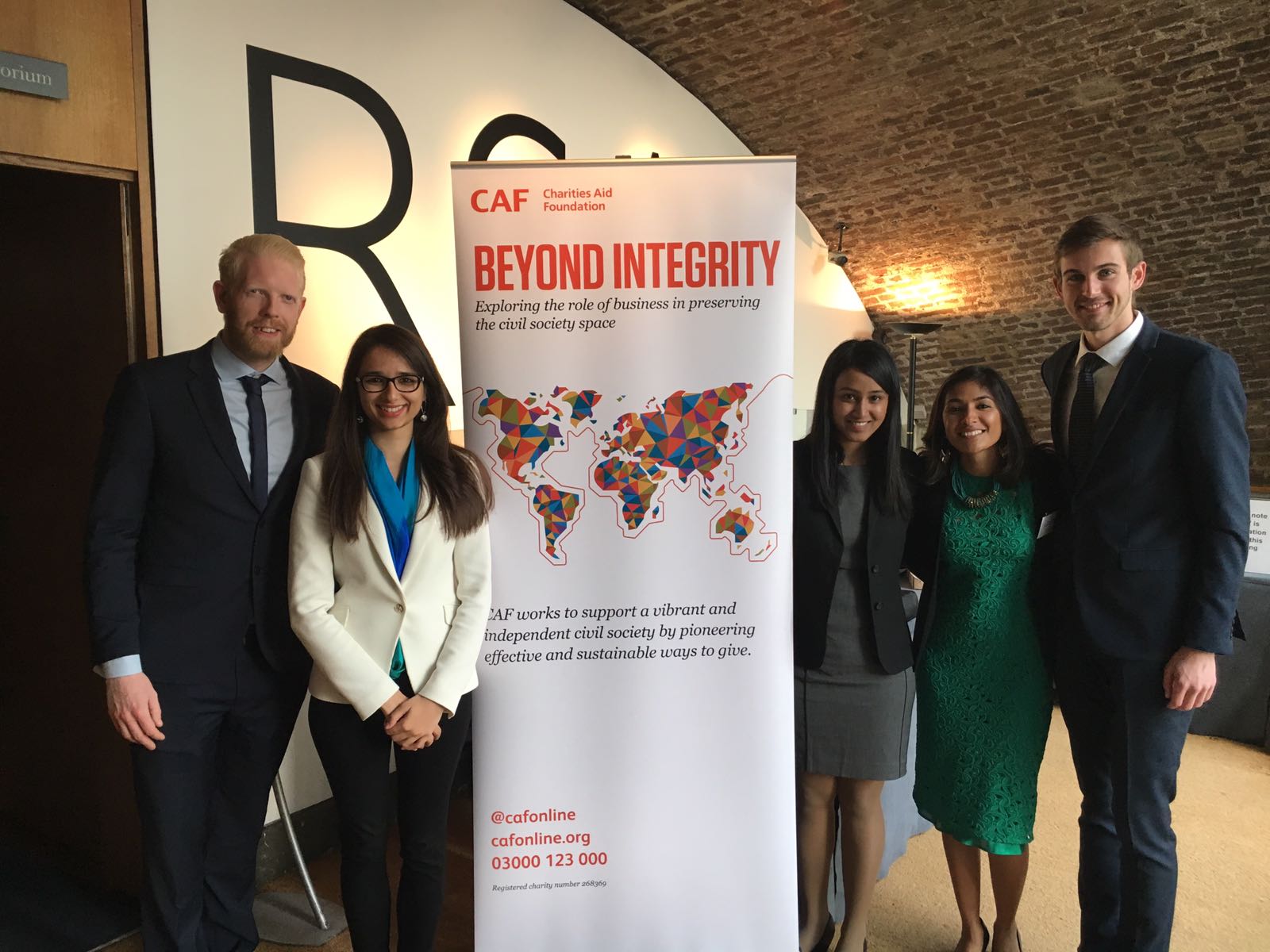Guenther Schoenleitner
Director, International Financial Institutions Division,
Federal Ministry of Finance, Austria
(Guenther Schoenleitner writes here in an independent capacity and his comments do not necessary reflect the views and opinions of his employer).
This post is the second part of a response to Professor Teddy Brett’s October Blog post entitled ‘International Inequality and the Global Crisis – Managing Markets for Sustainable Growth‘ Read part 1 here.
The Heterodox Policy Implications of Global Imbalances
However, serious global imbalances do exist that call for heterodox policy solutions as your substantive references to key aspects of the current crisis suggest.
1 China & the USA. The crisis has highlighted the limits to China’s export-led growth strategy, and revealed an unsustainable “symbiosis” with the US economy. It seems that China has now understood that it needs to “rebalance” growth, gradually focusing more on domestic consumption, which will require correcting its exchange rate, its factor price distortions, as well as the country’s skewed distribution patterns in order to boost mass purchasing power and encourage domestic consumption (rather than exports) as a major source of growth. Further, the “deleveraging” of households and fiscal consolidation in the US could reduce consumption, increase savings and investment, and encourage more export-focused production, partly by re-shoring rather than off-shoring of US companies. I think this rebalancing process is already going on. But these changes still have a long way to go.
2 Germany and the Eurozone. In the case of Germany we need to consider that the country is part of a single European market and a monetary union with a freely floating currency which Germany entered with an overvalued exchange rate that forced it to deflate in the early 2000s. The internal imbalances within the euro zone cannot be addressed by exchange rate adjustments or trade policy instruments, but by structural reforms and transfer payments through structural funds, stabilization mechanisms like EFSF, ESM, the ECB’s OMT, or more debt mutualisation through Eurobonds in the future. Additional adjustments would require an increase in the level of domestic demand (hence higher incomes) in Germany, which would probably result in higher inflation in, and declining competitiveness of, Europe’s dominant economy. But this may harm the euro zone as a whole, because for structural reasons the success of Germany’s Mittelstand cannot be easily replicated elsewhere in the Eurozone simply by shifting relative cost competitiveness in favour of the southern periphery. Such a policy may simply force German companies to relocate to Europe’s southern or eastern periphery rather than creating viable middle-sized firms there (or having workers from these regions migrate to Germany).
Externally, the question is whether the euro zone as a whole is generating a surplus unacceptable to the rest of the world and whether its surpluses are indeed excessive and a real threat to the developing world, especially if compared with those of China. Overall, the EU has a considerable deficit in trade with Asian countries, while the largest surplus is recorded in trade with North America.
3 Long Term Surpluses and Deficits. There have been several attempts to devise international mechanisms to put pressure on surplus countries to adjust. One of them is the IMF’s “scarce currency clause”, but this proved ineffective. Since the Fund never ran out of dollars or other currencies, the clause has never been invoked. Most proposals focus on misaligned exchange rates or the excessive accumulation of currency reserves and suggest “punishment” of non-adjustment through the IMF, the WTO, counter-interventions by a reserve currency country, or additional taxes on the foreign assets of surplus countries. Until now all proposals have been blocked, and I don’t expect this to change in the near future.
4 The Problem of Inclusive and Green Growth. I fully agree that we need to consider heterodox policies in order to address the global economic crisis, the enormous challenge of job creation (see WDR 2013), and the need for building an environmentally sustainable global economy. I am aware that there are unacceptable internal levels of inequality in many countries, not just in Africa. And that the convergence I referred to earlier, unfortunately, results not just from the catching up of developing countries but also from a relative decline in advanced countries. The biggest problem is certainly the growing trade-off between an inclusive global growth path (WDR 2013 argues that we need to create an additional 600m jobs over the next 2 decades just to keep current employment levels constant) and environmental sustainability. Our only hope, I suppose, is the greening of global production based on new technologies. If that proves impossible, we are in very serious trouble.
At the IFIs there is an intense discussion about inclusive and green growth, which is far from arriving at a coherent policy framework let alone a consensus around it, not least because it involves significant trade-offs. But I do think that eventually such a policy framework will include new versions of structuralism. Justin Lin started the debate on new structural economics (NSE) at the World Bank – with limited success. Nevertheless, I think that his attempt at drawing policy lessons from Asia’s successful “flying geese” model and placing his NSE in the context of an emerging multi-polar growth dynamic at the global level has some merit. A notion of mutually reinforcing growth poles based on a division of labour rooted in endowment structures and resulting comparative advantages helps us avoid a policy debate focusing simply on “punishing” successful countries and firms, and returning to protectionism and interventionism – which would, in effect, lead to de-globalisation and possibly de-growth.





